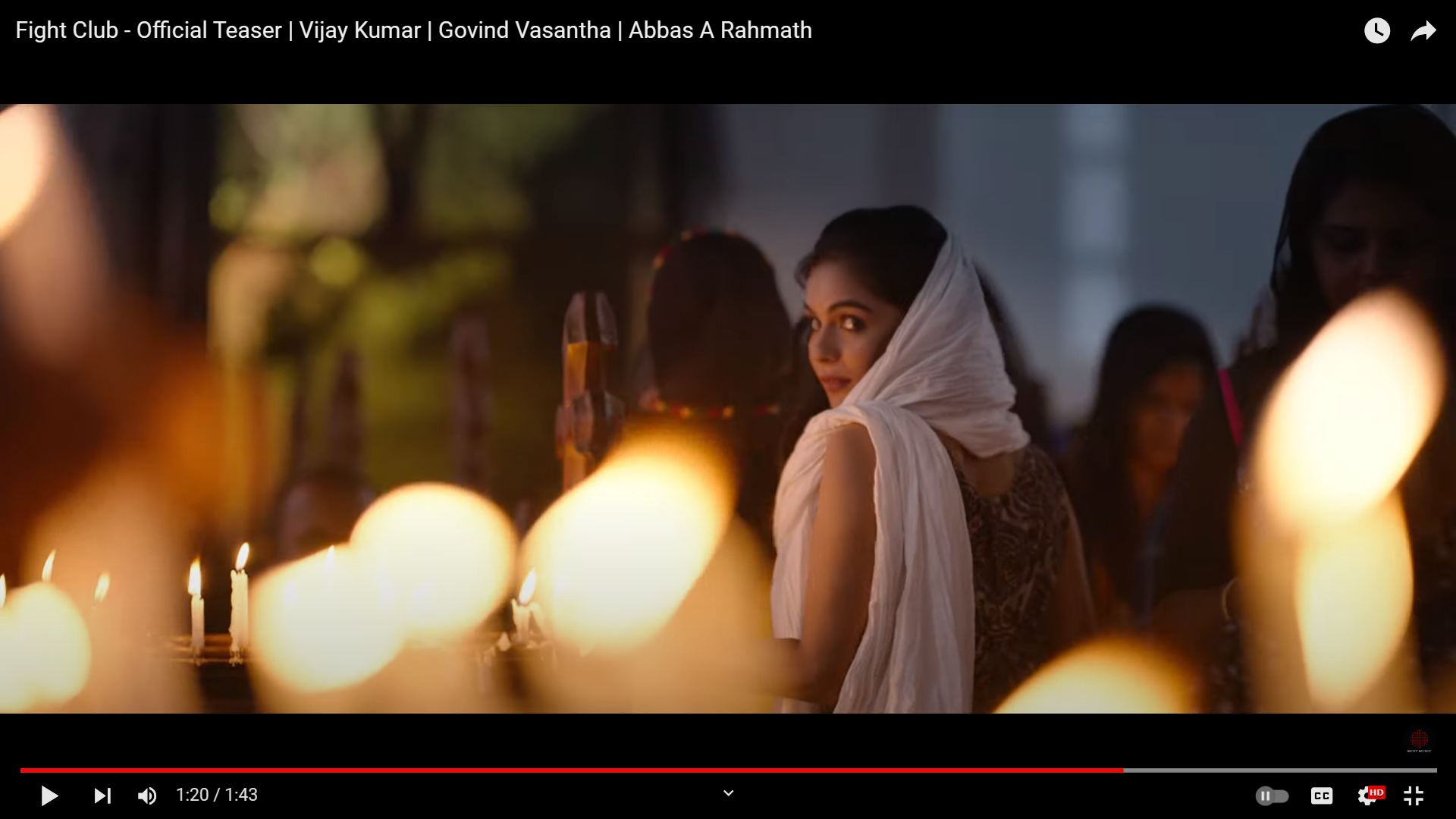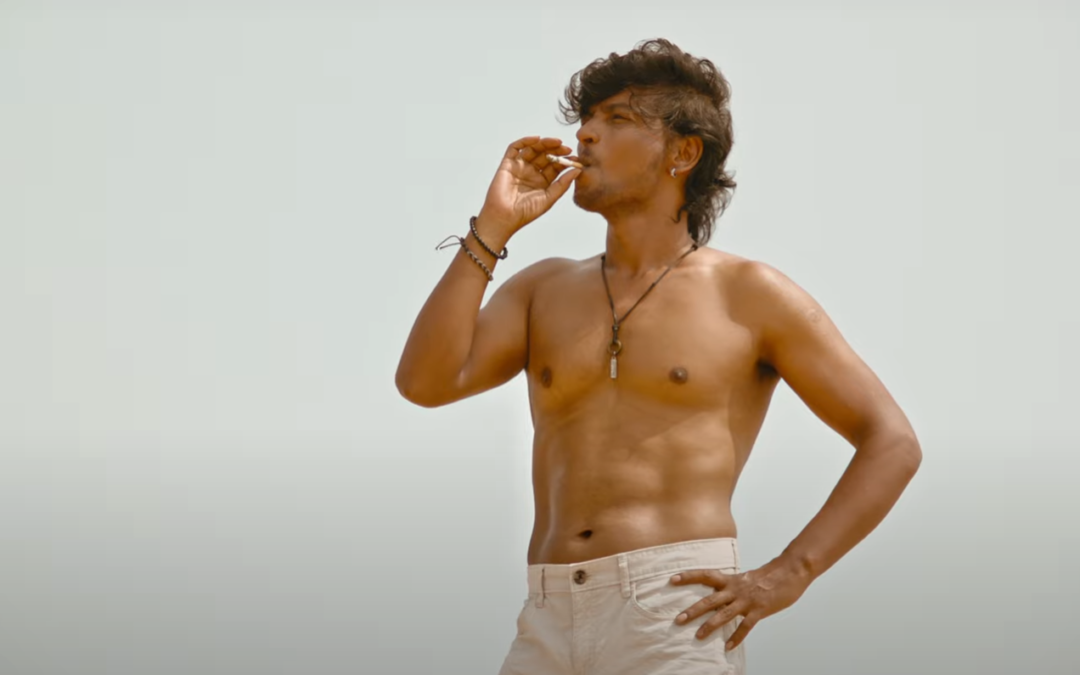Selva, a vibrant college student full of youthful energy, aspires to play football but finds life unfulfilling due to a lack of opportunities. Over time, he transforms into a discontented individual, entangling himself in conflicts that impact both him and his family.
In Fight Club, a multitude of visuals feature individuals indulging in various forms of smoking, including bongs, joints, beedis, and cigarettes. Renowned photographer Leon Britto, known for his elegant portrayal of North Madras, skillfully captures the billowing clouds of smoke emanating from the mouths and nostrils of the Fight Club members.

In the opening sequence of Fight Club, a masked and armed group infiltrates a college to target specific students. Debutant director Abbas A. Rahmath employs a rapid editing style, seamlessly shifting between various characters and locations to intensify the build-up to this confrontation. This technique becomes a recurring motif in the film, as tense scenes unfold on screen, only to be interrupted by a sequence of preceding events just before reaching a climax.
Fight Club draws inspiration from films that depict children within a community navigating the challenges posed by their social and political environment. Abbas skillfully weaves writing and filmmaking to maintain a singular focus, intricately connecting side stories, like Robert’s, Selva’s younger brother, to the central conflict. The authentic performances by relatively unknown actors imbue the characters with a realism that resonates with audiences, making them relatable to communities at large. The movie’s naturalistic aesthetic paradoxically portrays drugs as more attractive and glamorous than its intended portrayal as the root of societal issues in that segment.
The initial part of the film delves into multiple subplots, skillfully navigated by cinematographer Leon Britto and music director Govind Vasantha. Their unfiltered visuals and expansive score, blending electronic and Western classical elements, contribute to the film’s substantial texture. Govind Vasantha’s soundtrack effectively enhances the atmosphere, particularly during intense fight scenes. Despite occasional lags, the filmmakers adeptly sustain audience interest. While Selva’s narrative takes center stage, Fight Club introduces various subplots with distinctive characters and objectives, struggling at times to find a fitting conclusion amid the added complexity.
Ratings: 2.5/5

This narrative is straightforward—an attempt to cloak a stylish portrayal of drugs, violence, and bloodshed under the guise of a “social message.” Despite its moral and ethical complexities, Fight Club stands out as one of the most gripping gangster films of late. It has earned a rating of 2.5 stars out of 5.


